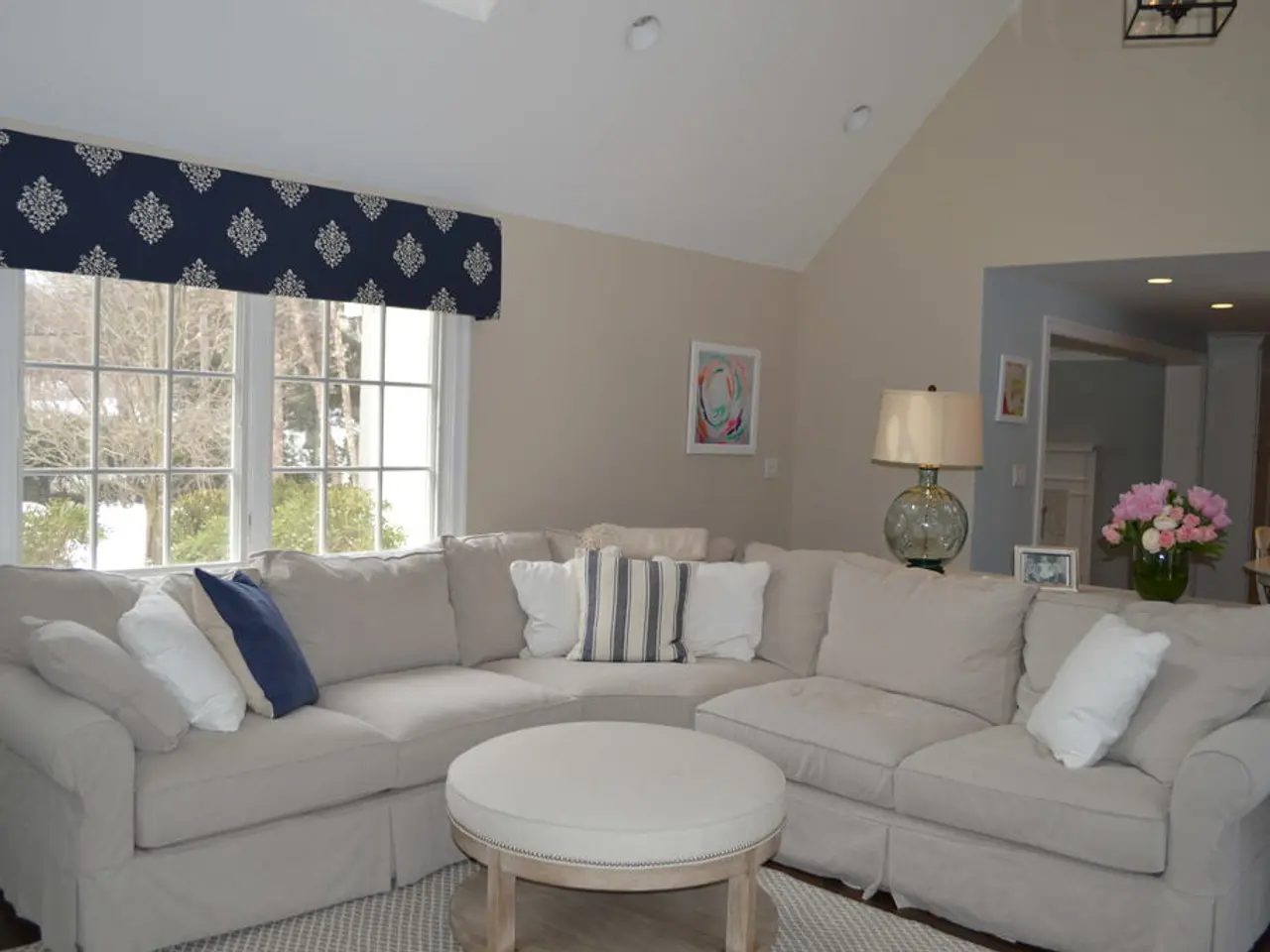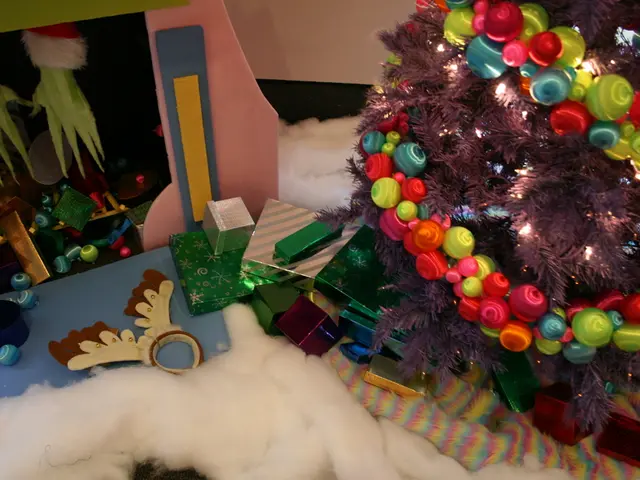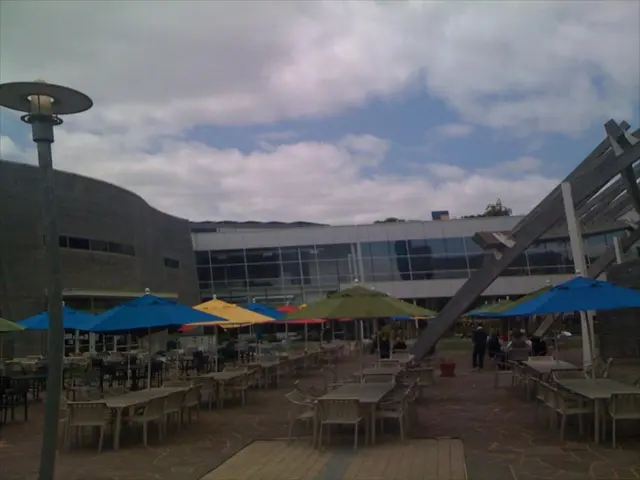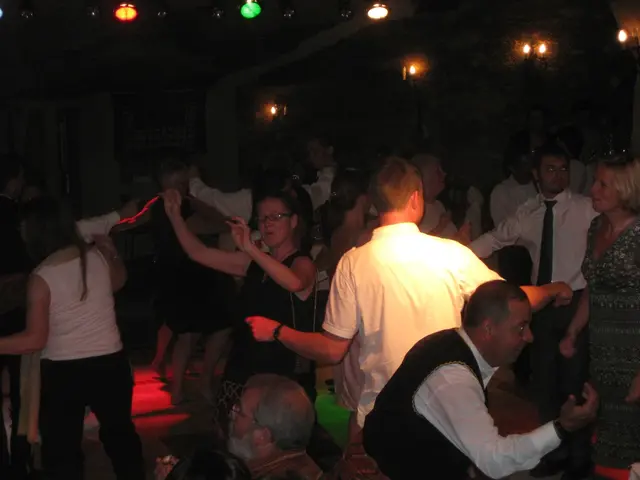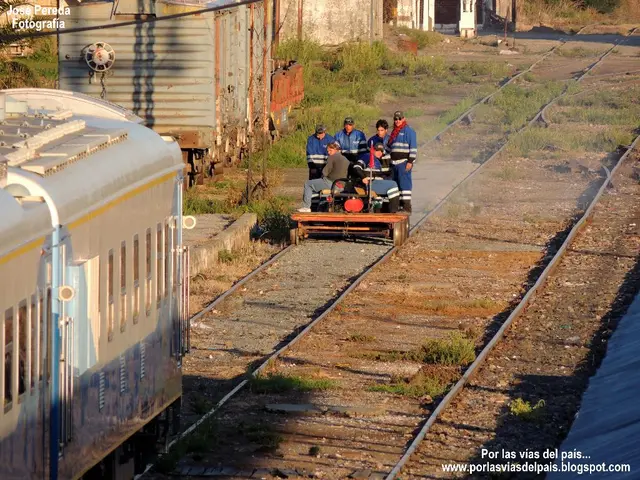Scandinavian Hosting Essentials: Creating Comfort, Serenity, and Bonding with Your Visitors
In the heart of Scandinavia, hospitality practices in Sweden and Denmark hold a unique allure, rooted in deeply ingrained social rituals that emphasise coziness, social connection, and respect.
Sweden: The Art of Fika
At the core of Swedish hospitality lies the practice of fika, a social ritual that transcends a simple coffee break. Fika is a moment to pause, often with coffee and a pastry, to connect with friends, family, or colleagues in a relaxed atmosphere. This tradition embodies the Swedish values of balance, mindfulness, and social equality.
Denmark: The Warmth of Hygge
In Denmark, the concept of hygge takes centre stage. Hygge represents a feeling of coziness, warmth, and contentment, often created by enjoying simple pleasures like soft lighting, good company, and comforting food or drink. It is a mindset and lifestyle that emphasises creating a welcoming, relaxed environment conducive to intimate and caring social interactions.
Shared Traits in Scandinavian Hospitality
Both Swedish and Danish hospitality share some key traits. There is a preference for informal, polite, and respectful social interaction, valuing personal space and direct but courteous communication. Emphasis is placed on quality time and presence in social settings rather than grand gestures. Simple, practical rituals like fika and hygge are incorporated, prioritising well-being and togetherness. Modesty and authenticity are appreciated, favouring genuine experiences over ostentation.
Practical Tips for Scandinavian Hospitality
- Stock up on tea, coffee, and cake supplies for guests.
- To make guests feel more comfortable, provide a selection of scented products, extra duvets, and different Scandinavian-style sheets for personalization.
- Big, leafy plants can create a feeling of wellbeing, even when brought indoors.
- Always make extra of everything when hosting guests and make it clear that they can help themselves to more.
- Leave condiments on the table when serving meals or hot drinks to allow guests to customize their food to their taste.
Unconventional Aspects of Scandinavian Hospitality
- Swedes have a strong culture of independence, as evidenced by self-serve cafes and hostels where guests make their own beds.
- Staying at a Swedish home can be awkward for visitors from other cultures due to the independence-focused style of hospitality.
- Warm and dim lighting, with plenty of candles, is important in creating a hygge atmosphere.
- Norwegians prioritise friluftsliv, or engaging with nature and its restorative properties. Cooking a meal together, such as Skipperlabskovs (beef-and-potato stew), can be at the core of hygge.
- Incorporating friluftsliv into a guest's stay can help get some air, get the blood pumping, and remove distractions and screens.
A Global Discussion on Scandinavian Hospitality
In 2022, a viral New York Times article titled "Do Swedish People Feed Their Guests?" sparked online outrage worldwide, shedding light on the common Swedish practice of not feeding guests who make unplanned visits, rooted in historical food scarcity.
Fika can be easily recreated at home, particularly important in the hybrid-working era, and involves stocking up on good coffee or tea, and classic Swedish fika foods like kanelbullar (cinnamon buns) or chokladbollar (chocolate oatmeal balls rolled in coconut).
A Scandinavian-style duvet cover set, printed with Scandinavian flora and fauna and made from hypoallergenic, breathable organic linen, can help guests feel at home indoors. The feeling of connection can be planned for by preparing comforting box sets, films, cards, and board games.
In conclusion, Swedish fika and Danish hygge exemplify unique yet complementary Scandinavian hospitality customs centred on warmth, social connection, and the enjoyment of simple shared moments. These practices reflect broader cultural values of balance, respect, and community.
- In the realm of fashion and beauty, Scandinavian-style duvet cover sets, adorned with Scandinavian flora and fauna and made from hypoallergenic, breathable organic linen, can help create a warm and inviting home-and-garden atmosphere, making guests feel more at home indoors.
- For a moment of relaxation at home, one can recreate the Scandinavian hospitality tradition of fika by stocking up on good coffee or tea, and food-and-drink items like classic Swedish fika foods such as kanelbullar (cinnamon buns) or chokladbollar (chocolate oatmeal balls rolled in coconut), transforming the living space into a cozy fashion-and-beauty haven perfect for social connection.
